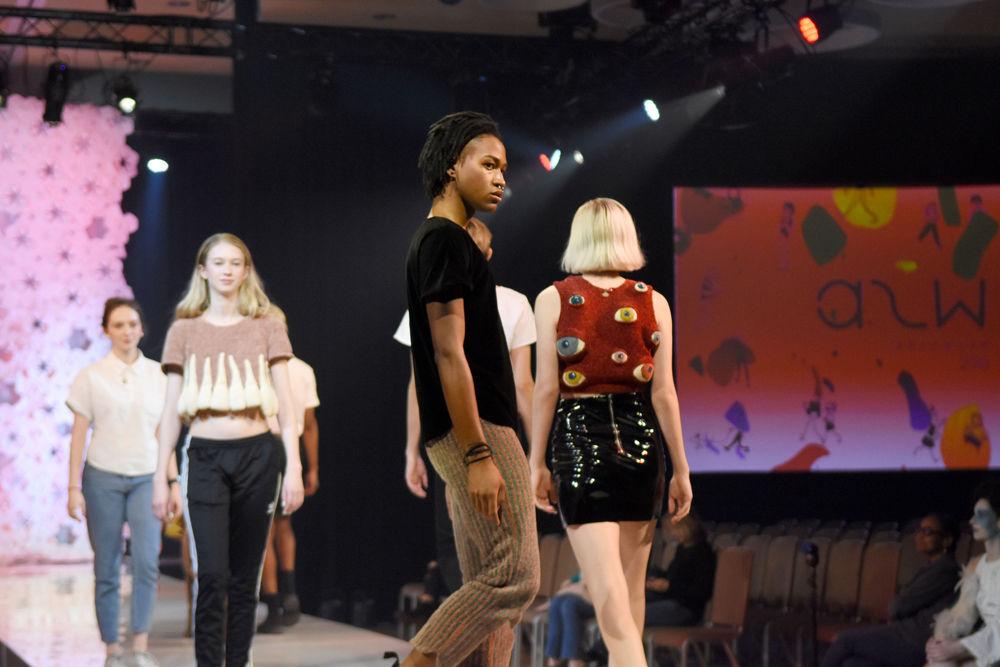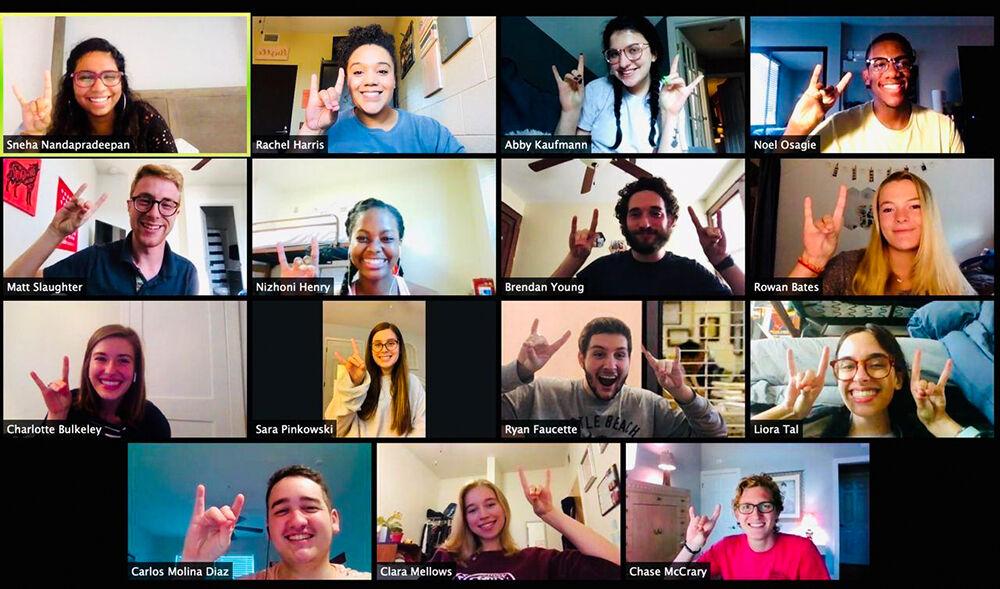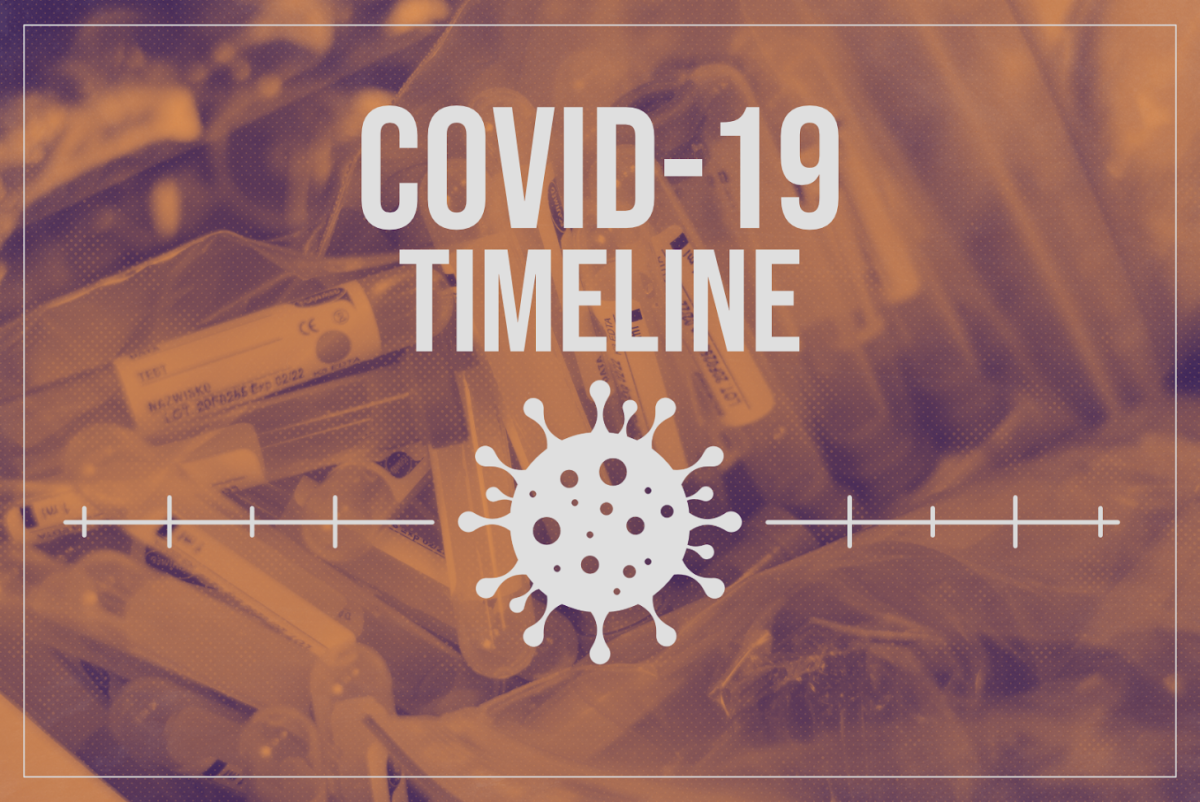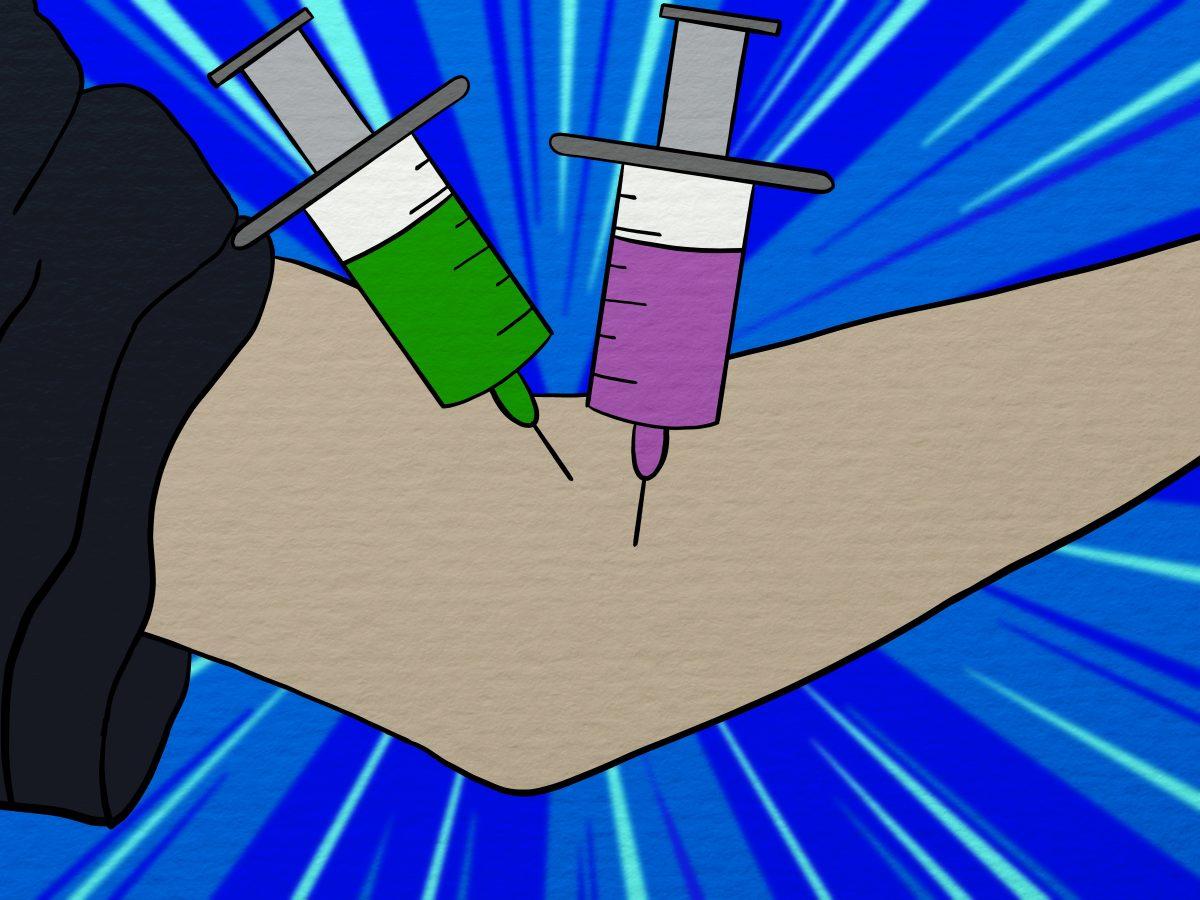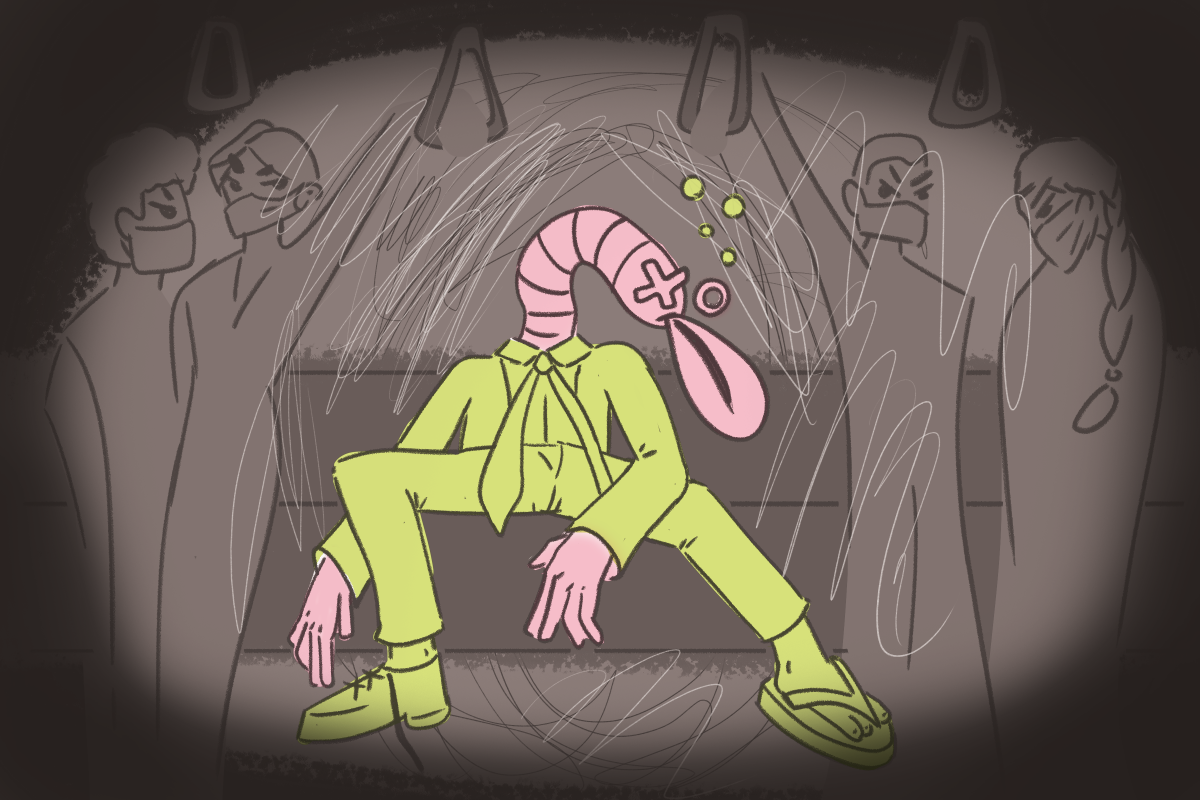For the first time since its inception, NC State’s Art2Wear has shifted to an online showcase, as opposed to an in-person fashion show. The change comes following the University’s shutdown due to the COVID-19 pandemic, and has pointed out how essential in-person instruction is to the design school due to the resources provided to the students on campus.
According to Kathleen Rieder, former interim director of art and design, Art2Wear is a fashion event where students coordinate, make their own fashion collections and organize an annual show. The show is student-run and combines the talents of several departments in the College of Design and works to expose young designers to the broader design industry.
According to Rieder, every year the Art2Wear showcase has a theme, and this year’s theme was “selcouth.” The word selcouth means “rare, strange, unfamiliar — yet completely marvelous.” Rieder believes that selcouth is a perfect description of the transition for Art2Wear to move online.
“We had a rare, strange, unfamiliar experience because of what happened [with COVID-19],” Rieder said. “Everything was shut down one month exactly before it was going to be Art2Wear. We had everything set with the ballroom and Talley. We had all of our things in place.”
Rieder said students struggled with the transition because they left before spring break expecting to return to the studio, but that did not happen. Morgan Cardwell, a fourth-year studying art and design with a concentration in fashion and fibers, agreed that the transition was stressful.
“The first week was absolute panic because a lot of people didn’t have sewing machines, and we weren’t allowed to take dress forms,” Cardwell said. “Some kids didn’t have sewing machines. We didn’t have sergers, industrial irons, supplies that we use in classes, at home. It was this moment of, ‘How am I possibly going to finish?’”
According to Cardwell, students that did not have sewing machines at home were allowed to check one out to bring home. However, due to the nature of Art2Wear’s fashions, many of the fabrics used are not able to be sewn using a home sewing machine and require an industrial sewing machine. Rieder said it was easier to accommodate students who were near campus.
Students who did not feel they could complete their collection were able to pursue two replacement projects in lieu of a completed collection, Cardwell said. Around half of the original participants chose this option.
According to Rieder, what made the transition to online possible was technology and the resilience of the students.
“The word that comes to mind that inspires me about artists, designers and even the audience of it, they were resilient,” Rieder said. “What helped us is that technology is our friend. Technology helped preserve this. There are people all over the world who can view this collection. This year was a very well-documented show with a big emphasis on the process… I was inspired by their resilience.”
Cardwell believes this transition may be foreshadowing some of the changes that will occur with the lack of funding for the fashion and fibers program, and says she is interested to see how Art2Wear handles a lack of institutional support for the fashion and fibers program from the College of Design. Cardwell said future Art2Wear programs could suffer without a substantial amount of college support.
“I’m curious to see the difference in quality between this year and next year based on the support that students get,” Cardwell said. “I’m curious to see if they’re going to get the show that they’re expecting without putting effort into supporting and teaching the students. If you don’t know basic sewing, the quality is going to be drastically different.”
To learn more about Art2Wear, visit the website for the event.


